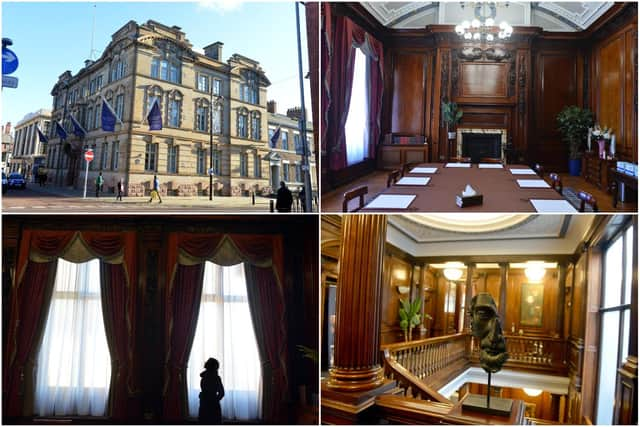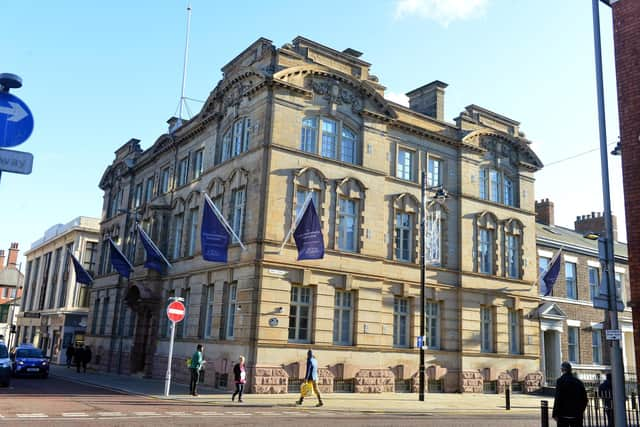Inside the striking Commissioners Building after £3million restoration of historic Sunderland HQ
and live on Freeview channel 276
Built in 1907, the former Wear Commissioners Building was the headquarters for the people responsible for the management and improvement of the river and harbour, once a bustling waterway and major source of business in the then town.
Testament to the wealth of Sunderland at the time, which was mostly thanks to the river, no expense was spared in the creation of the Commissioners Building, and its oak panelling, domed roof, intricate wooden carving, granite, marble and sandstone features, which was used by the Wear Commissioners until 1973.
Advertisement
Hide AdAdvertisement
Hide AdMost of the original features, despite a few dents from wartime shrapnel, remain and have been given new life by new owners Adavo Workspace.


Specialists in sympathetically converting old buildings into office space, they bought the building from the council in 2019 who had also been using it for offices. Now, after two years of navigating lockdown delays and painstaking specialist craftsmanship, they’ve launched the site as The Commissioners Building.
Comprising 51 office suites, of various sizes, as well as the grand Commissioners Chamber and Boardroom facilities, the new office space is an important part of the major regeneration of the city centre, aimed at attracting business to Sunderland as well as fostering homegrown ventures.
There will eventually be around 250 jobs housed within the building, whilst also creating more.
Advertisement
Hide AdAdvertisement
Hide AdAdavo CEO Mark Black said: “We’re really celebrating getting this project over the line during a pandemic, which wasn’t the easiest, and we feel really proud of the contribution we’re making to the regeneration of this city.
